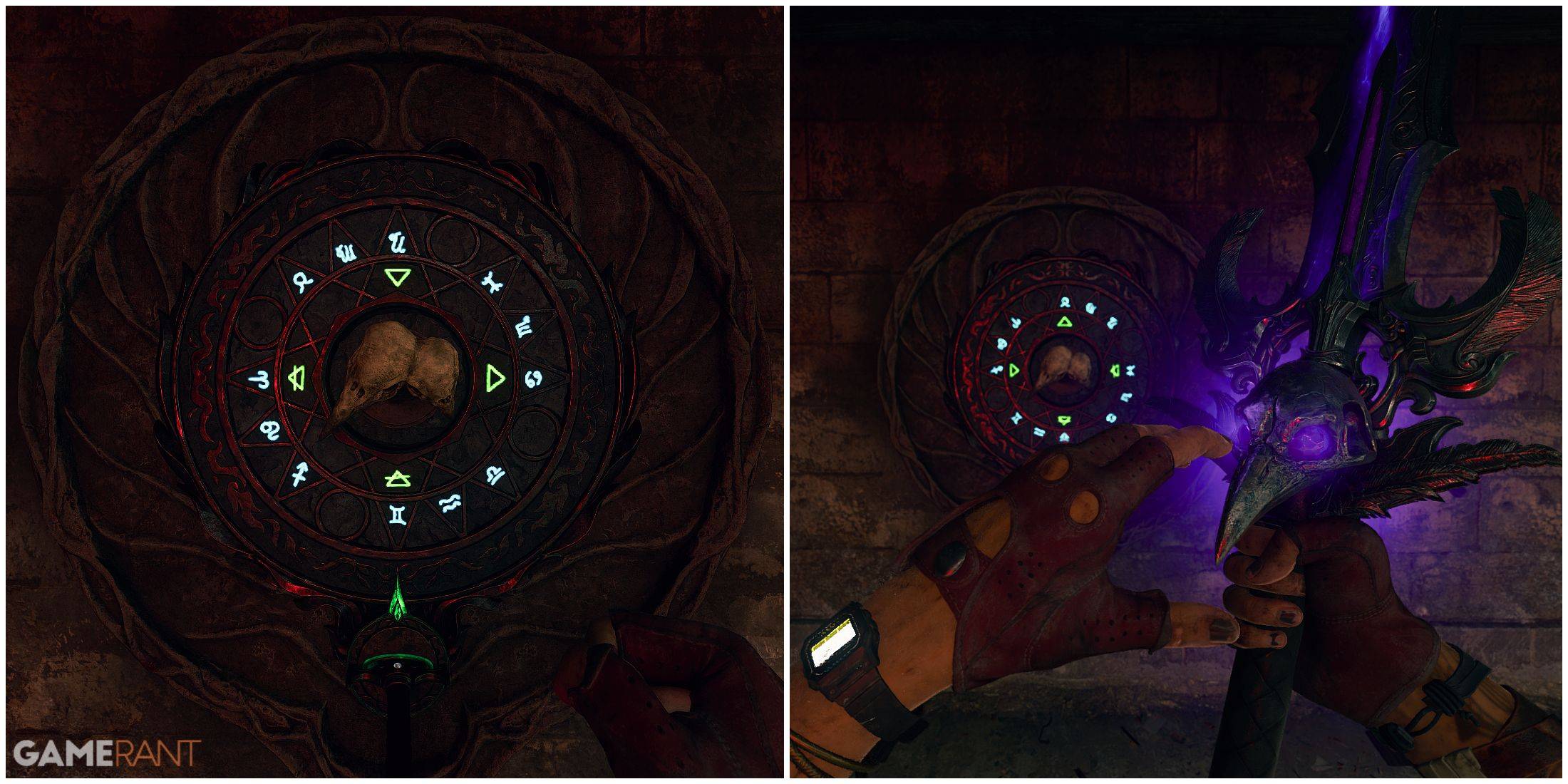Monster Hunter: Unveiling the Deep Narrative
- By Hannah
- Mar 13,2025
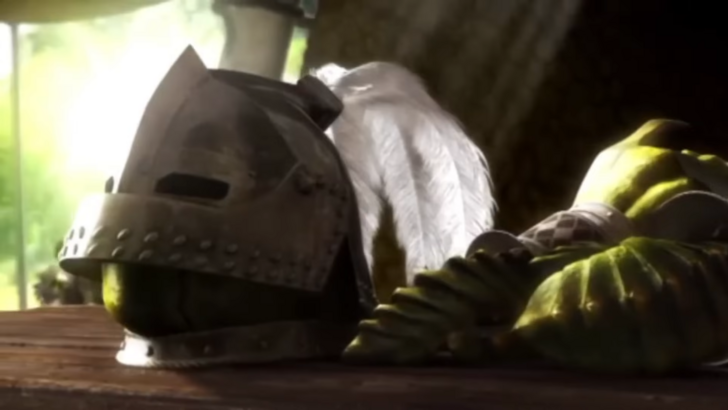
Monster Hunter's narrative is often overlooked, deemed simplistic. But is it truly that straightforward? This deep dive explores the underlying themes and narratives woven into the series.
← Return to Monster Hunter Wilds' main article
The Evolution of Narratives in Monster Hunter
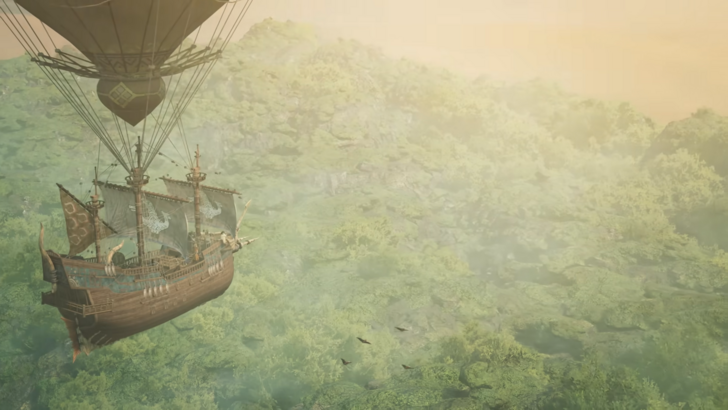
The Monster Hunter series isn't primarily known for its story. Many consider it secondary to the gameplay, a mission-based structure where the player's choices largely dictate the narrative flow. But beneath the surface of hunts for coin, fashion, and sport, a deeper narrative unfolds. Let's delve into the mainline series to uncover its complexities.
The Hunter's Journey: A Familiar Beginning
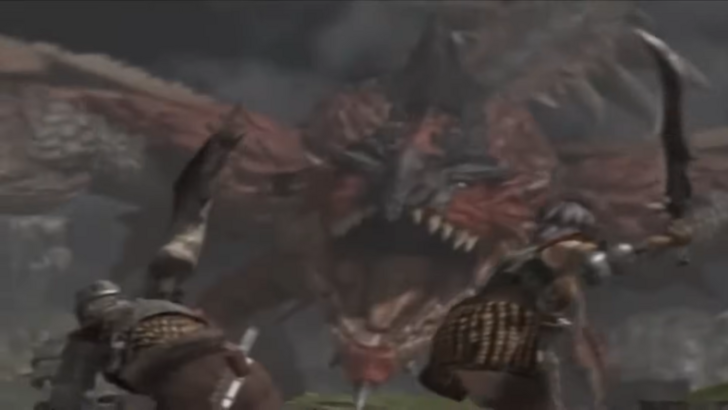
Most Monster Hunter games share a common structure: a fledgling hunter accepts quests, gradually ascending the ranks to become the village's top hunter. Higher ranks unlock progressively challenging monsters, culminating in a final showdown with the game's ultimate boss (e.g., Fatalis in Monster Hunter 1). This progression forms the core gameplay loop. While newer entries incorporate more substantial storylines, this fundamental structure remains consistent.
Guardians of the Ecosystem: Protecting the Natural Order

The series frequently portrays the hunter as a force maintaining ecological balance. Monster Hunter 4 (MH4), for example, features the Gore Magala and its Frenzy Virus, a disease that dramatically alters monster behavior. The hunter's role is clearly defined: eliminate the threat to restore equilibrium.
However, Monster Hunter: World and Iceborne present a more nuanced perspective. The narrative reveals that while humanity bears responsibility for ecological balance, understanding nature's intricate workings is a continuous learning process.

Iceborne's ending highlights Nergigante as a natural force of balance, challenging the hunter's perceived dominance. While seemingly underwhelming at first glance, this portrayal reinforces the game's theme of ecological balance. The base game portrays the hunter as a "Sapphire Star," a guiding light, referencing the in-game "Tale of the Five." This suggests the Research Commission accepts its role as nature's guardian, with the hunter as its guide.
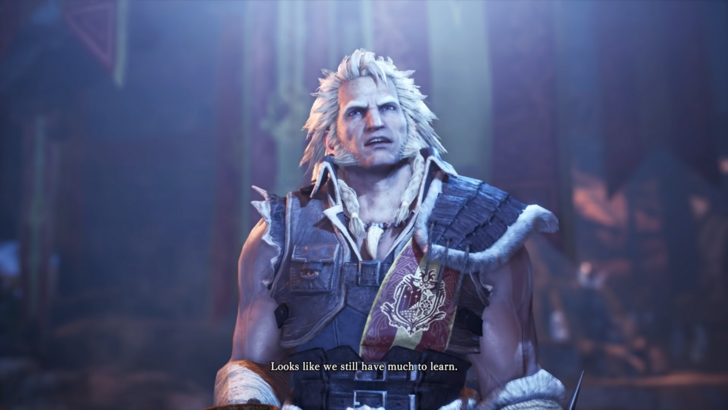
Iceborne's ending contrasts this, emphasizing humanity's limited understanding of nature's self-regulating mechanisms. This juxtaposition showcases nature's resilience, even without human intervention. While interpretive, this thematic depth transcends the simple "monster hunting" premise. But what about the monsters' perspective on the hunter?
The Monster's Mirror: A Reflection of Humanity
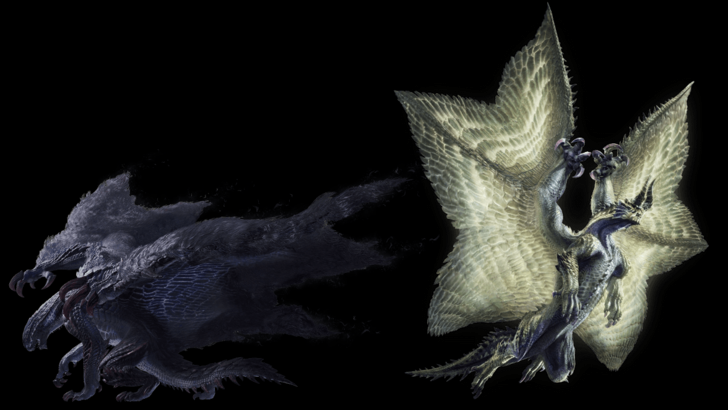
MH4's Gore Magala storyline mirrors the player's experience. Defeating the Gore Magala only to face its evolved form, the Shagaru Magala, reflects the hunter's equipment upgrades and repeated challenges. This suggests monsters, too, learn and adapt from encounters with hunters.

Ahtal-Ka, the final super boss of Monster Hunter Generations Ultimate, exemplifies this. This colossal insect utilizes hunter-like weaponry and constructs a walking fortress, mirroring the hunter's ingenuity. Its unique fighting style even foreshadows Monster Hunter Rise's Silkbind moves. Ahtal-Ka's existence challenges the narrative, showcasing nature's adaptive capacity in response to human influence.
Man Versus Wild: A Personal Narrative

Ultimately, Monster Hunter is about the player's personal journey of growth and overcoming challenges. The game's narrative structure, while subtle, deeply engages players. The initial encounter with the Tigrex in Monster Hunter Freedom 2, for instance, serves as a powerful opening, establishing a clear objective and sense of vulnerability.
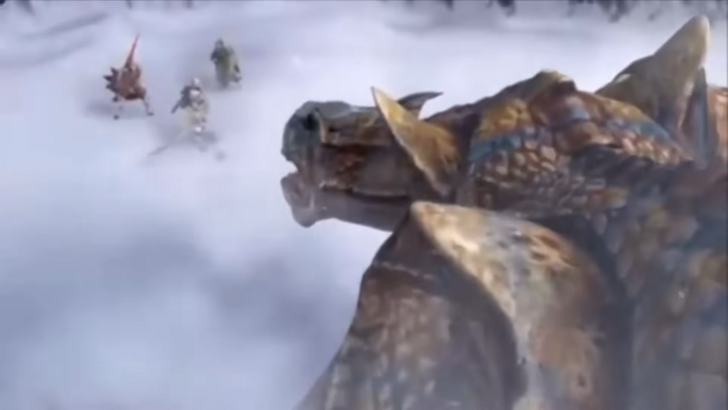
Later encounters with the same monster highlight the hunter's progress. These seemingly simple moments create a personal narrative, emphasizing the player's growth and triumph over adversity. This resonates deeply with players, creating lasting memories.

While newer installments feature more explicit storylines, the core experience remains rooted in the player's personal journey. This blend of gameplay and emergent narrative is a key component of the series' enduring appeal. Monster Hunter's narrative may not be overtly compelling, but it effectively empowers the player's experience, creating a memorable and personal story.
Latest News
more >-
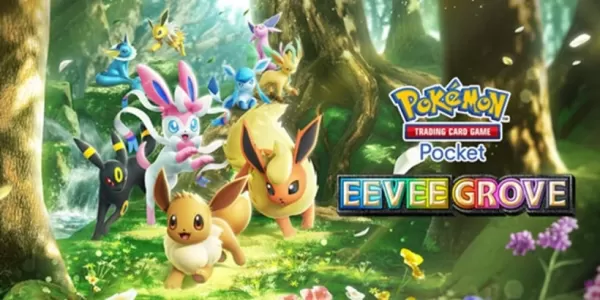
- Pokémon TCG Pocket adds Eevee Grove set
- Nov 18,2025
-
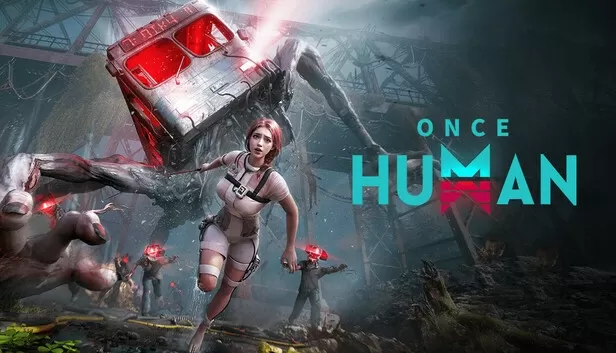
- Top Once Human Loadouts: PvE & PvP Gear Guide
- Nov 17,2025
-
- Daredevil: Born Again revives Netflix ties
- Nov 17,2025
-

-

- Donkey Kong Hits Switch 2 Soon
- Nov 16,2025
